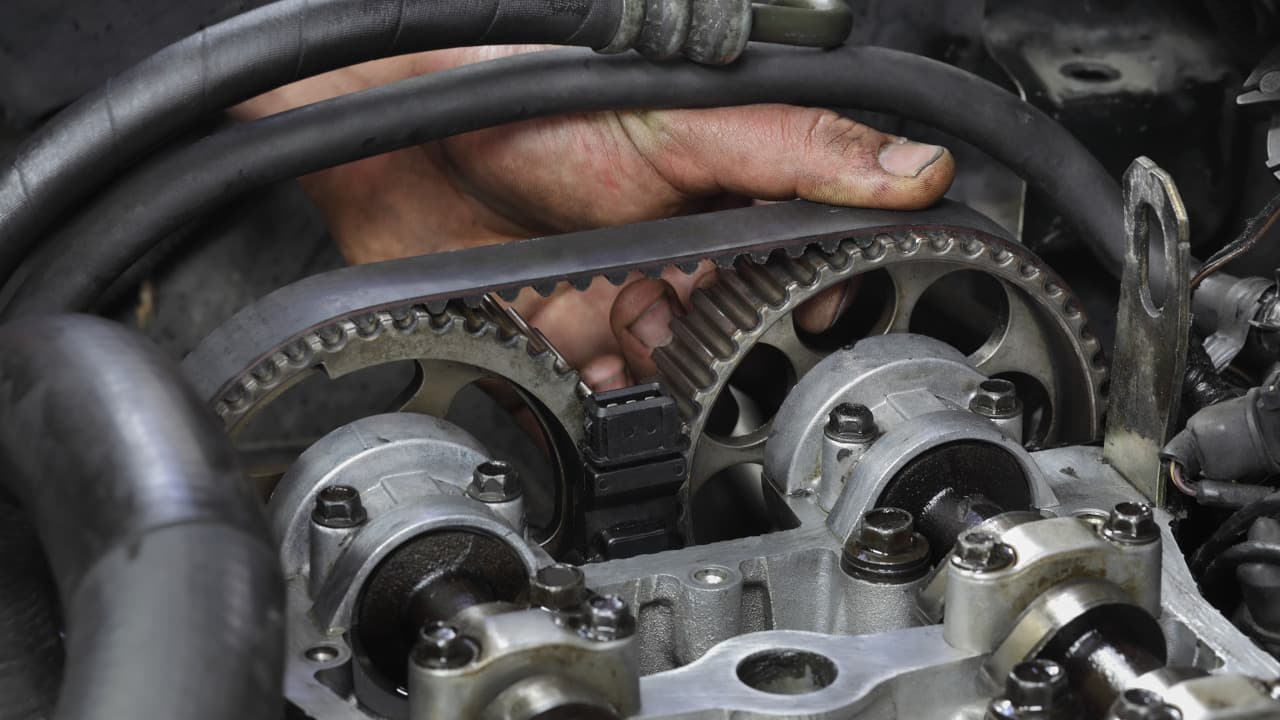- Arabic
- French
- Russian
- Spanish
- Portuguese
- Turkish
- Armenian
- English
- Albanian
- Amharic
- Azerbaijani
- Basque
- Belarusian
- Bengali
- Bosnian
- Bulgarian
- Catalan
- Cebuano
- Corsican
- Croatian
- Czech
- Danish
- Dutch
- Afrikaans
- Esperanto
- Estonian
- Finnish
- Frisian
- Galician
- Georgian
- German
- Greek
- Gujarati
- Haitian Creole
- hausa
- hawaiian
- Hebrew
- Hindi
- Miao
- Hungarian
- Icelandic
- igbo
- Indonesian
- irish
- Italian
- Japanese
- Javanese
- Kannada
- kazakh
- Khmer
- Rwandese
- Korean
- Kurdish
- Kyrgyz
- Lao
- Latin
- Latvian
- Lithuanian
- Luxembourgish
- Macedonian
- Malgashi
- Malay
- Malayalam
- Maltese
- Maori
- Marathi
- Mongolian
- Myanmar
- Nepali
- Norwegian
- Norwegian
- Occitan
- Pashto
- Persian
- Polish
- Punjabi
- Romanian
- Samoan
- Scottish Gaelic
- Serbian
- Sesotho
- Shona
- Sindhi
- Sinhala
- Slovak
- Slovenian
- Somali
- Sundanese
- Swahili
- Swedish
- Tagalog
- Tajik
- Tamil
- Tatar
- Telugu
- Thai
- Turkmen
- Ukrainian
- Urdu
- Uighur
- Uzbek
- Vietnamese
- Welsh
- Bantu
- Yiddish
- Yoruba
- Zulu
Հկտ . 15, 2024 06:16 Back to list
Flat Rubber Belt Materials for Industrial Applications and Their Benefits
Understanding Flat Rubber Belt Material Properties and Applications
Flat rubber belts are an essential component in various mechanical systems across multiple industries. These belts are typically flat, wide, and made from a highly durable rubber material, designed to efficiently transmit power and motion. Their versatility and reliability make them a popular choice in many applications, from manufacturing to automotive contexts.
Composition and Properties
Flat rubber belts are primarily composed of natural or synthetic rubber. The choice of rubber type significantly affects the belt’s characteristics such as flexibility, strength, and resistance to wear. Common materials include neoprene, nitrile, and silicone, each offering unique benefits depending on the application. For instance, neoprene is known for its excellent resistance to oil and weathering, making it suitable for outdoor applications. Nitrile rubber, on the other hand, offers superior abrasion resistance, making it ideal for high-friction environments.
One of the key properties of flat rubber belts is their ability to withstand a range of temperatures and environmental conditions. High-quality belts can operate in extreme heat or cold, maintaining flexibility and strength under stress. Furthermore, the elastic nature of rubber allows these belts to absorb shock and vibration, which enhances the longevity of both the belt and the machinery it operates within.
Applications
Flat rubber belts have a broad spectrum of applications due to their versatile nature. In manufacturing, they are frequently used in conveyor systems to move goods efficiently from one point to another without the risk of slippage. These belts can also be found in various machinery, functioning as drive belts that transmit power from an engine or motor to specific components.
flat rubber belt material

In the automotive industry, flat rubber belts play a critical role in systems such as timing mechanisms and accessory drives. They facilitate the smooth operation of essential components, including alternators, water pumps, and air conditioning units. The failure of these belts can lead to serious mechanical issues; thus, regular maintenance and timely replacement are crucial.
In the agricultural sector, flat rubber belts are utilized in equipment such as tractors and combines. They help in the effective operation of tools and implements, ensuring that farmers can perform their tasks efficiently. Moreover, their flexibility allows for easy maneuverability around machinery, making them suitable for compact designs that require precise power transmission.
Advantages of Flat Rubber Belts
The advantages of flat rubber belts are numerous. Their low cost and ease of installation make them an attractive option for many organizations. They can be produced in various sizes and lengths, accommodating the specific needs of different applications. Additionally, the maintenance requirements for flat rubber belts are low; periodic inspections and cleanings generally suffice to keep them in optimal condition.
Flat rubber belts also contribute to energy efficiency. Their design minimizes friction and wear, which can lead to significant energy savings over time. Furthermore, innovations in rubber technology continue to enhance the performance capabilities of these belts, enabling them to withstand even more challenging conditions and loads.
Conclusion
In summary, flat rubber belts represent a crucial aspect of mechanical operations across diverse industries. With their robust properties, adaptability, and efficiency, they are indispensable in facilitating smooth and reliable performance in numerous applications. As technology advances, we can anticipate further enhancements in flat rubber belt materials, ensuring they continue to meet the evolving demands of industry and machinery. Understanding their properties and applications is essential for anyone involved in manufacturing, automotive, agriculture, or any field that relies on effective power transmission.
-
Korean Auto Parts Timing Belt 24312-37500 For Hyundai/Kia
NewsMar.07,2025
-
7PK2300 90916-T2024 RIBBED BELT POLY V BELT PK BELT
NewsMar.07,2025
-
Chinese Auto Belt Factory 310-2M-22 For BMW/Mercedes-Benz
NewsMar.07,2025
-
Chinese Auto Belt Factory 310-2M-22 For BMW/Mercedes-Benz
NewsMar.07,2025
-
90916-02660 PK Belt 6PK1680 For Toyota
NewsMar.07,2025
-
drive belt serpentine belt
NewsMar.07,2025

